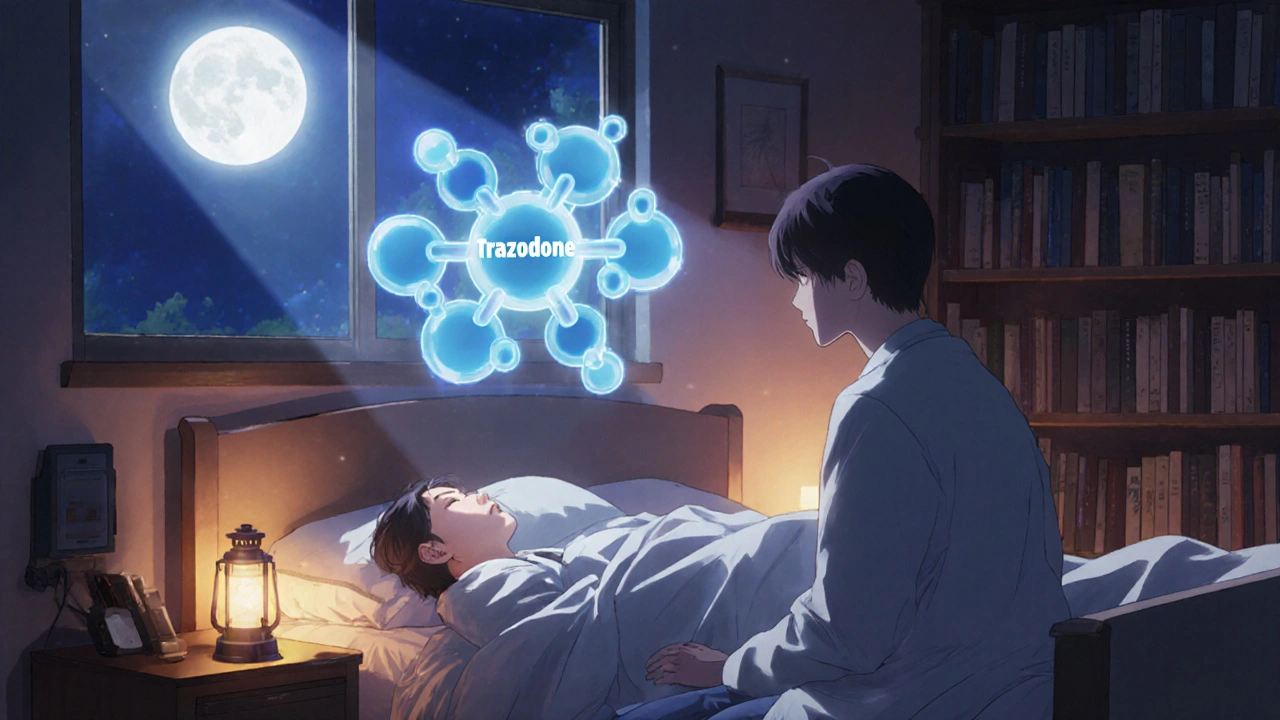Sleep Aid Comparison: Find the Right Rest Solution
When diving into Sleep Aid Comparison, the process of evaluating different sleep‑promoting products side by side to see which fits your schedule, health profile, and comfort level. Also called sleep medication review, it helps you cut through marketing hype and focus on real performance. In this guide we’ll also look at Melatonin, a naturally occurring hormone often sold as an OTC supplement to regulate sleep‑wake cycles and Prescription Sedatives, stronger drugs like benzodiazepines or non‑benzodiazepine hypnotics that require a doctor’s order. Understanding these core players lets you compare efficacy, safety, and cost with confidence.
Over‑the‑counter options and how they differ
OTC sleep aids range from antihistamines such as diphenhydramine to herbal blends featuring valerian root. The main attribute they share is accessibility: you can pick them up without a prescription, often at a low price. However, the trade‑off is a higher chance of next‑day grogginess and limited potency for chronic insomnia. When you compare them, note the duration of action – diphenhydramine peaks within an hour and fades after six hours, while melatonin works best when taken 30‑60 minutes before bed to gently nudge the body’s internal clock.
Prescription sedatives bring a different set of attributes. Benzodiazepines like temazepam act quickly, producing deep sleep within 15 minutes, but they carry risks of dependence and tolerance. Non‑benzodiazepine hypnotics – for example, zolpidem or eszopiclone – claim fewer hang‑over effects, yet they still demand careful monitoring for side effects such as sleep‑walking or memory gaps. Comparing these drugs means weighing onset speed, half‑life, and the likelihood of rebound insomnia if you stop abruptly.
Side‑effect profiles are a key part of any sleep aid comparison. Antihistamines often cause dry mouth and blurred vision, while melatonin is generally well‑tolerated but may lead to vivid dreams in some users. Prescription options can produce more serious issues: daytime drowsiness, dizziness, or, in rare cases, respiratory depression. Knowing the severity and frequency of each side effect helps you match a drug to your health status, especially if you have liver disease, glaucoma, or a history of substance misuse.
Dosage and timing also shape the comparison landscape. OTC melatonin is typically sold in 1‑5 mg doses, but research shows that lower doses (0.3‑0.5 mg) can be just as effective for many adults, reducing the chance of next‑day sleepiness. Prescription hypnotics often start at the lowest possible dose (e.g., 5 mg zolpidem) and may be adjusted based on age or kidney function. Tracking these variables lets you fine‑tune your regimen without overshooting the mark.
Beyond pills, lifestyle factors weave into a thorough sleep aid comparison. Good sleep hygiene – consistent bedtime, limited screen time, cool room temperature – can boost the impact of any medication and sometimes eliminates the need for drugs entirely. When you stack non‑pharmacologic tricks with a low‑dose melatonin, you often get the same rest quality as a higher‑dose prescription, but with far fewer risks.
Below you’ll find a curated set of articles that dive deeper into each of these angles. Whether you’re hunting for the cheapest generic diphenhydramine, need a side‑effect checklist for zolpidem, or want to understand how melatonin interacts with other supplements, the collection provides practical, side‑by‑side insights to help you pick the best sleep aid for your situation.
Trazodone vs Alternative Sleep and Antidepressant Medications - 2025 Comparison Guide
A 2025 guide comparing Trazodone with five common alternatives, covering uses, side effects, dosage, and best‑fit scenarios for depression and insomnia.
